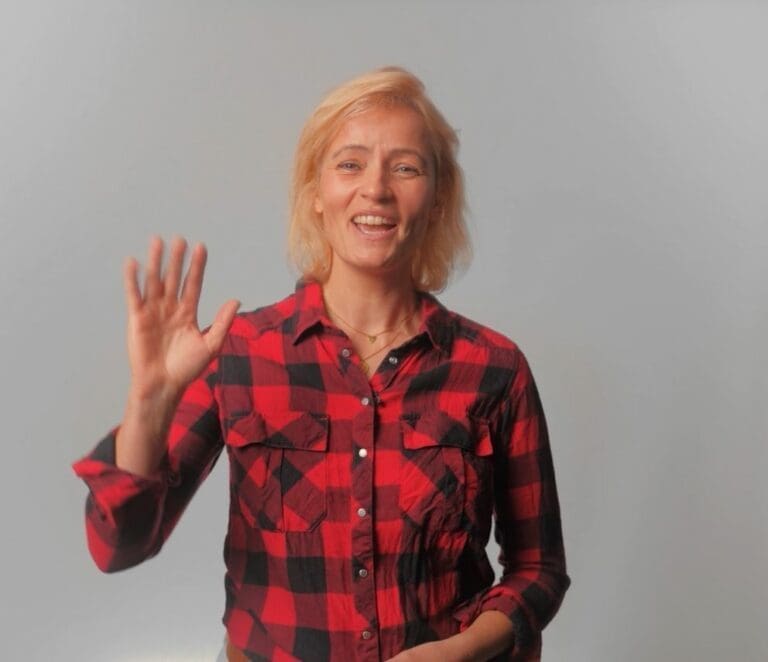Dutch sustainability is accelerating
Dislcaimer: we are a Dutch energy company, but also like to provide the best service to our foreign-speaking customers. That is why we have translated the information below into English. If you come across something that is incorrect, please do not hesitate to contact us.
The generation of solar energy is gaining more popularity in the Netherlands. The production of solar power has tripled since 2019, which places our country in the top 5 European countries with the highest solar energy production.
This is ofcourse an amazing achievement! It means that our energy supply is becoming more sustainable and that we are becoming less dependent on energy from other countries.
However, it also brings along some new challenges. The energy grid, for instance, is becoming congested in a majority of places in the Netherlands. Next to that, households which return unused solar energy to the energy supplier (a.k.a. net metering), bring along more and more costs.
Chances are you already heard something about this in the media. Many suppliers cover these costs by cancelling discounts for new customers or by raising the supply rates. It is therefore not always easy to see how the costs are being charged, but at om | nieuwe energie we want to be transparent about this.
What will om | nieuwe energie do?
om | nieuwe energie is also confronted with increasing costs as a result of net metering. Together with our local cooperatives and customers we have invested heavily towards accelerating the energy transition, because we find it extremely important to build a sustainable energy landscape for future generations. As a result, we have a relatively larger share of customers with their own solar panels compared to other energy suppliers. And for this group we are experiencing an extra increase in costs resulting from changes on the energy market.
Since we actively stimulate the use of sustainable alternatives, we have waited as long as possible to enforce any kind of measures on this issue.
However, we unfortunately also have to the increase costs for net metering of energy.
This is because these costs are increasingly getting out of balance, and it would be unfair and unsustainable to keep spreading these costs over all of our customers. This has been an incredibly tough decision for us, but it is necessary in order to keep building towards a sustainable future in a responsible manner.
Therefore, from the 1st of January 2024, our customers with solar panels on their roof will be charged a fixed production rate next to the usual fixed supply rate.
This will cause the supply rate per kWh to decrease. Our rates (and other costs) can be found here.
On this page you’ll find what this means for you specifically and which recources are available to reduce the increase of these costs. Next to that we will give you more information on the reasons why costs have increased for energy suppliers.
Do you have any remaining questions?
Please visit our FAQ-page.
Which costs will we charge our customers?
Fixed supply rates
All customers will keep on paying the fixed supply rates, as is the case now. These rates will increase slightly on January 1st 2024.
This is because we don’t find it fair to only charge our customers with solar panels with the costs that come with net metering. Customers without solar panels namely also benefit from lower energy rates as the result of Dutch people investing in solar panels.
Therefore, the fixed supply rates will increase for everybody, including those without solar panels. This results in the following rate: €0,232055 (tax included) per day per connection (electricity or gas).
Fixed production rates
Additionally, customers with solar panels will be charged a fixed production rate.
If you return up to 1.000 kWh to us as a result of net metering, you will not be charged with any additional costs. However, from 1.000 kWh onwards, you will be charged €96,80 (tax included) annually. That comes down to €0,265205 (tax included) per day when converted.
For every additional 500 kWh returned, you will be charged an additional €36,30 (tax included). That comes down to €0,099452 (tax included) per day when converted.
For a complete overview of the graduate scales, click here.
What does this mean for you?
Click on your type of contract to see how your situation will change.
Suus explains!
Energy suppliers are now confronted with additional costs when consumers supply solar energy back towards the supplier through the energy grid. Suus will gladly explain why this is and why this an issue at the moment.
Because the video is in Dutch, her explanation has been written down below. Read further if you want to know more about the workings of the energy market and the resources that are available to reduce costs and pressure on the energy grid.
The more solar power you use directly for appliances in your own home, the greater the chance that your fixed production costs will become lower than initially calculated.
Impact from energy generation on costs
In order to explain the cause of increasing costs for energy suppliers, we must deep dive into the supply and demand involving sustainable energy.
The way households consume energy can be summarised into profiles. For instance, it is a given that we use more energy during winter than we do during summer. We also use more energy in the evening than we do during the day, as many of us are at work during that time.
These moments are when energy consumption is at its peak. However, these moments do not correspond with the peak in energy generation from our solar panels. This is because solar panels generate the most energy during summer and during the day – especially around noon. Besides that, the effectiveness of solar panels relies heavily on external factors such as weather conditions.
This entails that supply and demand are not happening at the same time and this is seen in the energy price. Is there a high demand, but low supply? Then the price is high. Is there a low demand, but high supply? Then the price is low.
If we apply this reasoning to households with solar panels, we see the following happening:
Around noon, all solar panels in the Netherlands generate most of their power. However, since demand for energy is low among households, most energy will be redirected towards the energy supplier as part of net metering. As mentioned previously, this energy will have a low price.
When we return home in the evening, we turn on our lamps, turn on the television, we start cooking and start charging our car. Suddenly, the demand for energy increases significantly throughout the Netherlands. However, the solar panels aren’t nearly as productive as they were during the day. In that moment we resort to energy from our supplier, but this energy is priced highly.
And that is the exact hurdle the energy transition faces nowadays. People with solar panels use their energy suppliers as some sort of external battery. During the day, they supply the energy supplier with cheap energy through the grid, only to then demand costly energy from the supplier during the evening.
Simply put, this means that suppliers provide you with expensive energy, but get cheap energy from you in return. According to the net metering law, you can directly deduct your produced energy from your consumed energy.
Annually, this costs om | nieuwe energy tens, hundreds or even a thousand of euros per customer, depending on the amount of energy returned to the grid.
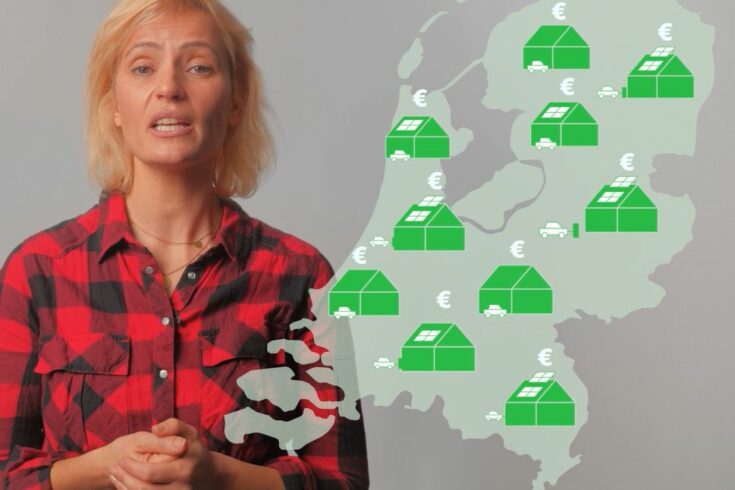
Prior to April 1st 2023
That costs are higher among owners of solar panels is no new phenomenon. Then why is this problem happening now? This has everything to do with changes in allocation. Allocation represents how much electricity a certain household has exchanged with the energy grid, by looking at both energy consumption and energy production.
As mentioned previously, the energy consumption of Dutch households is captured in certain profiles. Thanks to these profiles, an energy supplier knows well in advance how much energy they will have to purchase for a certain point in time.
However, prior to April 1st 2023, these profiles were predicted with the average consumption of all Dutch households. The influence of owning an electric car, heat pump, or solar panels was not included, though these bring about large deviations. An unexpectedly sunny day, for instance, significantly increases the amount of solar energy that is produced, which then deviates highly from previous predictions.
Before April 1st 2023 – since there was only one overall consumer profile used in the process of allocation – it was not visible from which households the deviations originated. This also meant that the imbalance costs – which are costs an energy supplier makes to balance out the generation of energy of that day with the corresponding energy consumption – could not be charged for those causing the deviations.
As a result, all costs were nationally socialised: the parties involved with the energy grid distributed the deviation costs among all Dutch energy consumers, which led to these costs being included in the energy rates.
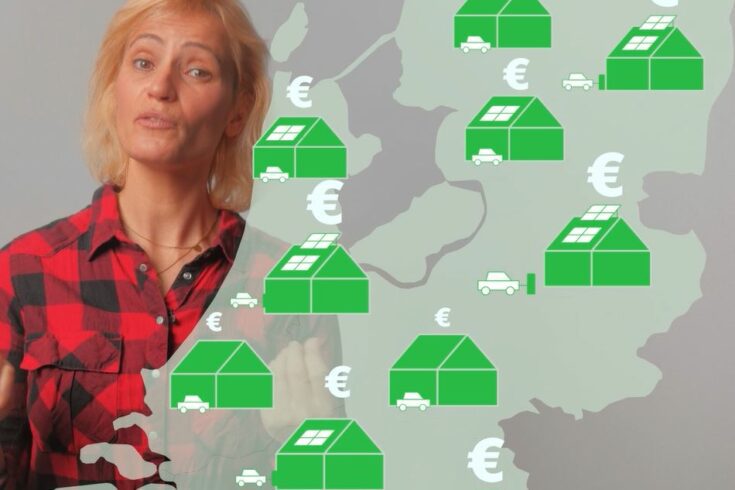
From April 1st 2023 onward
As a result of the increasing number of solar panels and big projects in the Netherlands, the costs kept increasing, leading to more and more deviations between prediction and reality. This made it no longer fair to put the burden of production costs on every Dutch household.
Therefore, a change in cost distribution was introduced on April 1st 2023: allocation 2.0. Parties in the energy market now use a new method, in which two consumer profiles are introduced: one for consumption only and one for consumption and production. Since then, distributions among households have been made visible.
However, energy suppliers have since then also been paying for the costs customers with solar panels cause on the Day-Ahead market.
A supplier with a large share of solar panel owning customers, like om | nieuwe energie, is faced with much higher costs in relation to other suppliers with a smaller share of solar panel owning customers.
As we now have insight in where deviations among households occur, it is no longer fair to spread the costs of these deviations over all Dutch households. It would make the most sense to mainly charge those who have a share in causing the issue.
A new way to tackle this situation is to remove these deviation costs from the energy rates, which would result in lower rates overall. This makes room for additional costs to be calculated based on one’s supply and production, which makes it even more important to close the gap between energy consumption and generation as much as possible.
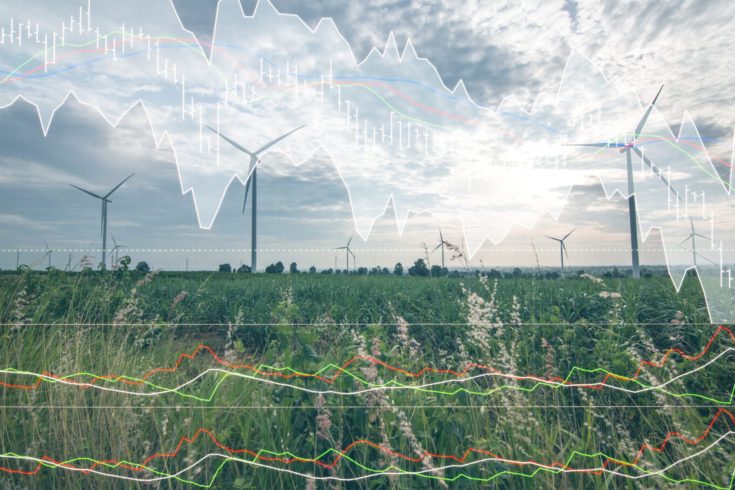
Which costs?
You have been reading about the increase in costs for energy suppliers. But what costs are we talking about exactly?
Differences in the energy profiles are corrected daily on the Day-Ahead market. As a supplier, you will be charged with both imbalance costs and profiling costs:
- Your supplier pays for imbalance when an increase/decrease in solar power generation occurs in comparison to what was initially estimated. Too much solar power? Then this excess must be sold for a lower price than it was purchased for. Too little solar power? Then additional energy has to be purchased, but for a higher price.
- Your supplier pays profiling costs when more energy is consumed on moments when the energy rate is high and when more energy is generated on moments when the energy rate is low.
Solutions for simultaneity
Just because the production costs are increasing, that does not mean we don’t have any influence on the situation.
The most important step we have to take in the upcoming years, is to better match our consumption to our generation of energy from solar panels.
Firstly, this will directly lower the amount of energy you need to purchase from your supplier. Additionally, your costs for production will go down, as you return less solar energy to your supplier. Lastly, it also affects the energy grid positively, as it will be more balanced.
The easiest step you can take right now, is to turn on your appliances when the output of your solar panels is at its peak. For instance, you could try to program your washing machine and dish washer to start washing around noon, or you could charge your car with a Smart app. And if you have an electric boiler, this would be the perfect time to warm up the water. This way you can already pre-heat the water and use it when you need it.
Inevitably, more ways to store your generated energy will present themselves in the future. You could think of a battery to use at home or bi-directional charging of your car, so that it could also be used as a battery.
At om | nieuwe energie we work hard to offer resources to reduce congestion on the energy grid.
For example, together with our cooperatives we search for possible solutions for energy storage, direct links on the energy grid between generators and consumers, and we add curtailment to our list of projects. This entails temporarily turning off solar and wind projects when there are peaks of sustainable energy, in order to keep the energy grid in balance.
Would it help if the net metering law was abolished?
As discussed previously, the net metering law causes an energy supplier to get cheap energy in return for their expensive energy. By getting rid of net metering, it will be possible to have a fair exchange of energy. In this case, prices are established in a proper manner; a suitable price is paid for consumed energy and a separate suitable price is paid for production of energy.
This would result in a further decrease in costs for suppliers, which in its turn will result in a decrease in or even the disappearance of fixed production rates.
There is currently a bill proposed in Senate (Eerste Kamer) to gradually phase out net metering until January 1st 2031. This is because the government also loses income over net metered energy, as it cannot be taxed. Additionally, net metering was initially proposed to stimulate the purchase of solar panels but has come to be viewed as redundant now that solar panels are becoming cheaper.
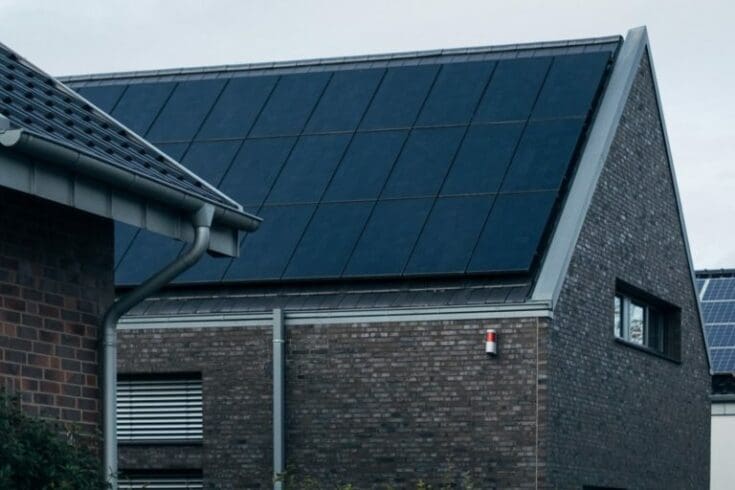
Are solar panels still relevant?
No matter what, solar panels will remain relevant and necessary to the process of making the Netherlands more sustainable, and will also remain appealing financially:
- Your energy costs directly decrease
- Net metering is still possible
- You receive a production compensation when you generate more energy than you use
For example: Imagine if you return 3.000 kWh of electricity to your supllier and you consume 4.000 kWh.
With the newly introduced fixed production costs, it will cost you an additional €242 (tax included) annually.
When you decide to invest in solar panels now, your return of investment will be postponed by 2 years, resulting in a total of 7 years.
Given that solar panels last a good 25 to 30 years, investing in solar panels remains highly profitable. Especially when you consume as much of your own generated solar power as possible.

Any questions?
We understand that this page contains a lot of (probably new) information.
This is why we created a specific page with the most frequently asked questions.
Our rates (and other costs) can be found here.
Is the answer you are looking for not mentioned? On Tuesday the 21st of November at 20:00, we will host an hour-long webinar (in Dutch) where you can ask any remaining questions. Customers will automatically receive an email with an invitation.
Do you still have an unanswered question? Please contact us via info@samenom.nl or call on workdays between 09:00 and 17:00 to the following number: 0222-760 044.


